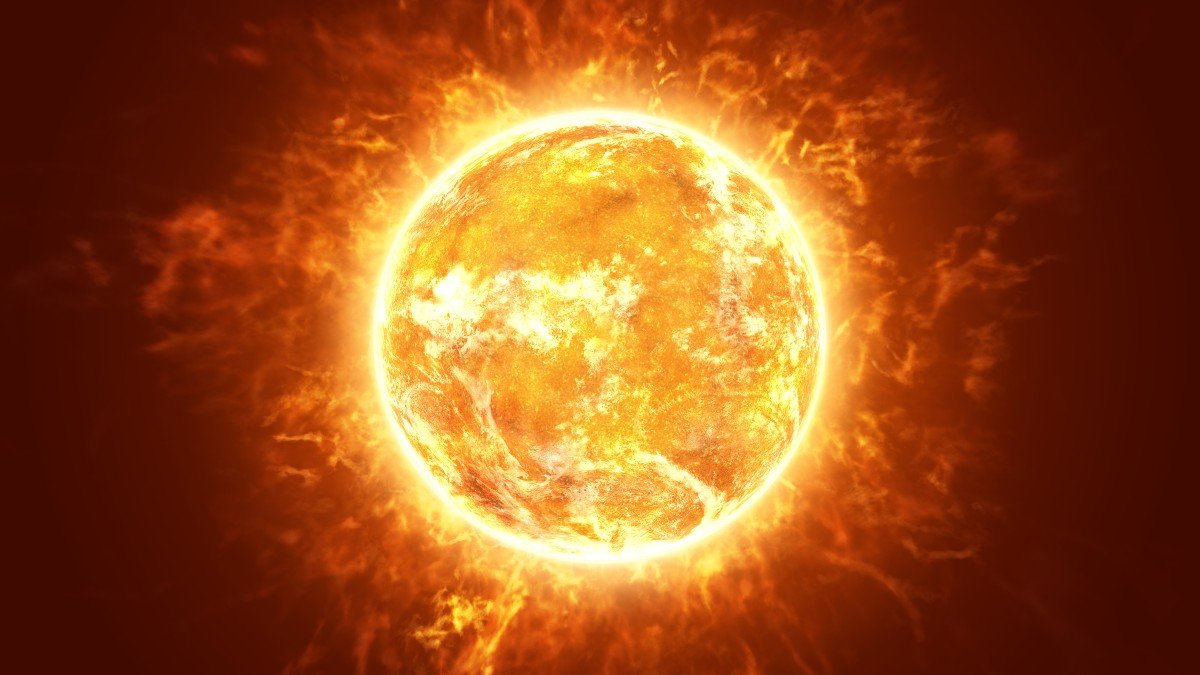Nov 11 2020
An international group of researchers has demonstrated the production of a purified beam of neutron-rich, radioactive tantalum ions. It is the first-ever time this has been achieved in the world.

Image Credit: GETTY.
With this advancement, scientists can now perform laboratory-based experiments on exploding stars, which will help them answer long-standing questions, for example, “where does gold come from?”
The findings of the study have been reported in a paper published in Physical Review Letters, where the researchers from the University of Surrey and their colleagues describe the use of a new isotope-separation facility, known as KISS, to create beams of heavy tantalum isotopes.
KISS has been built and is operated by the Wako Nuclear Science Centre (WNSC) in the High Energy Accelerator Research Organization (KEK), Japan.
It is very difficult to vaporize the chemical element of tantalum. Therefore, the researchers had to trap radioactive tantalum atoms in high-pressure argon gas and then ionize the atoms with accurately tuned lasers. This enabled them to select a single isotope of radioactive tantalum for an in-depth analysis.
As part of the study, the researchers discovered that when tantalum-187 is synthesized in a metastable state, its nucleus fleetingly rotated in an irregular way. The research team found that the gamma-ray “fingerprint” of tantalum-187 was typical of a prolate (American football) shape but, at the same time, with a hint of an oblate (pancake) shape.
The researchers consider that the study findings point toward the potential of a more drastic shape-change of tantalum to a complete oblate rotation, which they intend to investigate in detail in forthcoming experiments.
Theory suggests that just two more neutrons could tip the shape of tantalum-187 from prolate to oblate, so tantalum-189 is an objective for future investigation. However, it now seems to be a real possibility to go further and reach uncharted tantalum-199, with 126 neutrons, to test the exploding-star mechanism.
Philip Walker, Emeritus Professor of Physics, University of Surrey
According to Yoshikazu Hirayama, Associate Professor of WNSC in KEK, “Our KISS is a unique facility which can provide unexplored heavy nuclei, such as tantalum-187, 189, and 199, for the studies of exotic nuclear structures. We have started to delve into the mechanism of the synthesis of elements in the universe through the nuclear studies at KISS.”
Journal Reference:
Walker, P. M., et al. (2020) Properties of 187Ta Revealed through Isomeric Decay. Physical Review Letters. doi.org/10.1103/PhysRevLett.125.192505.